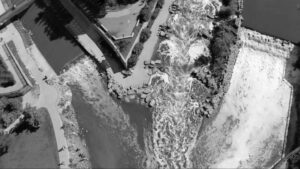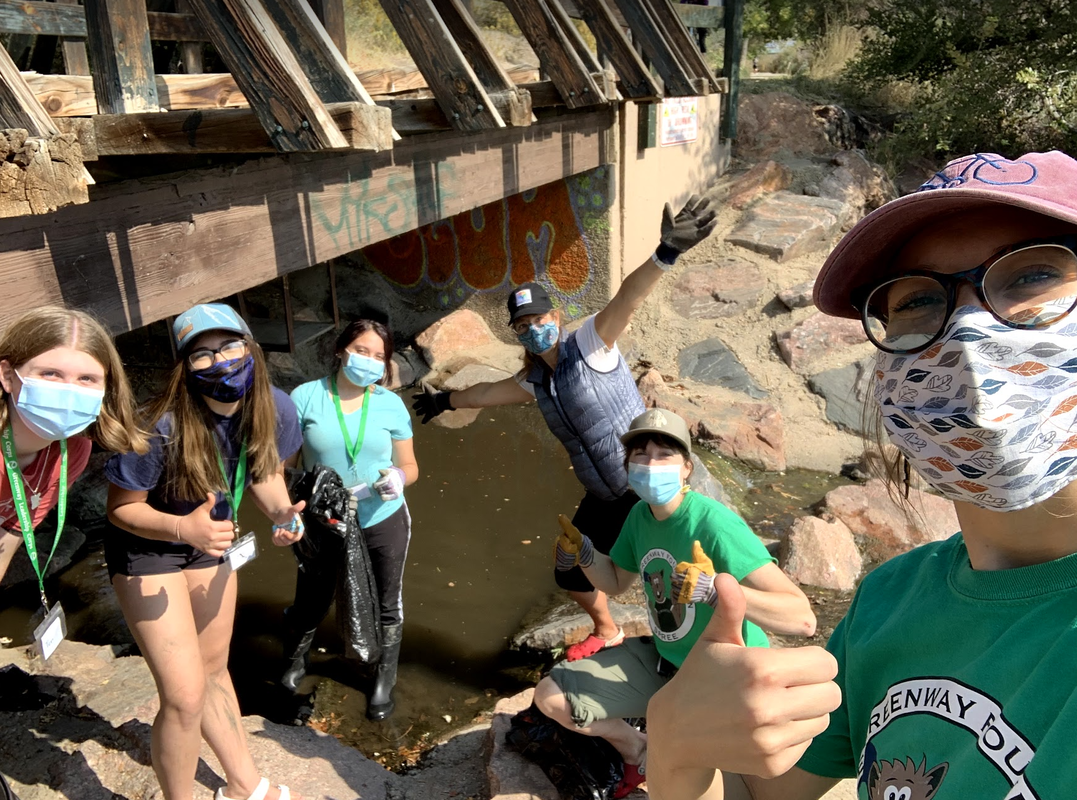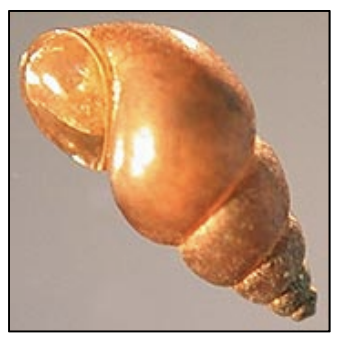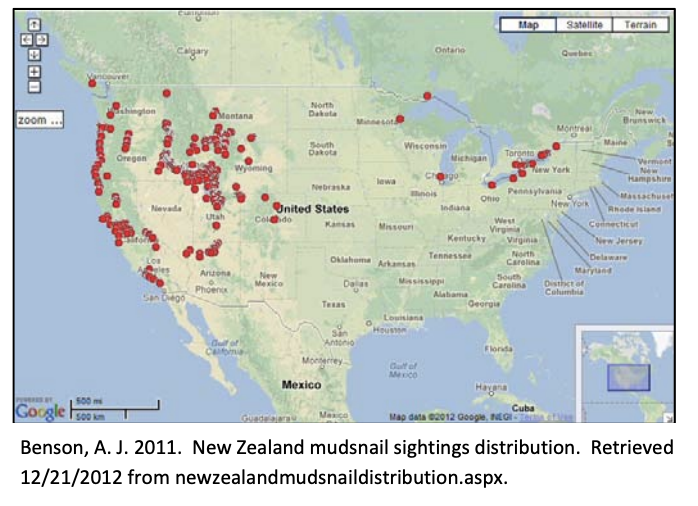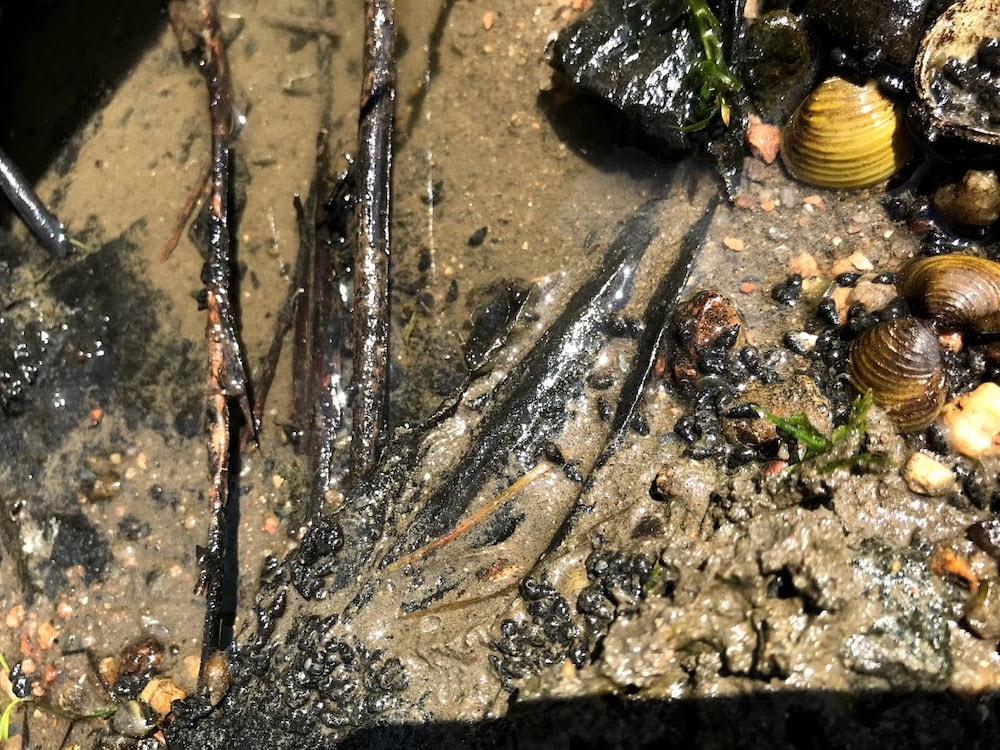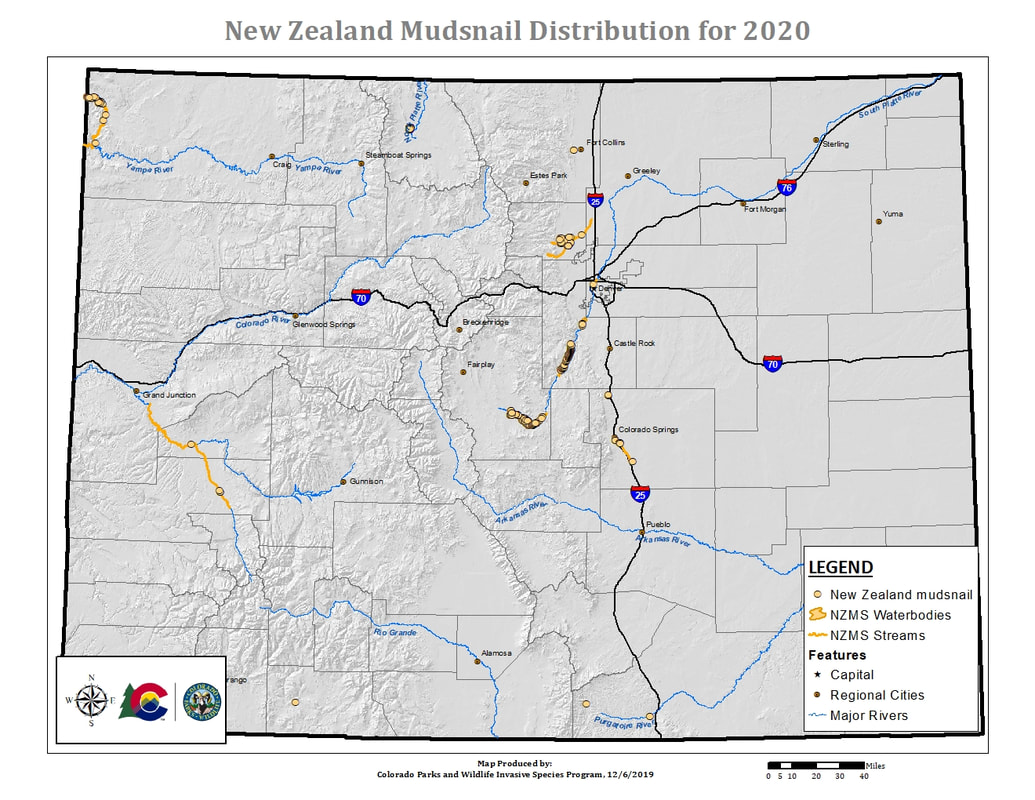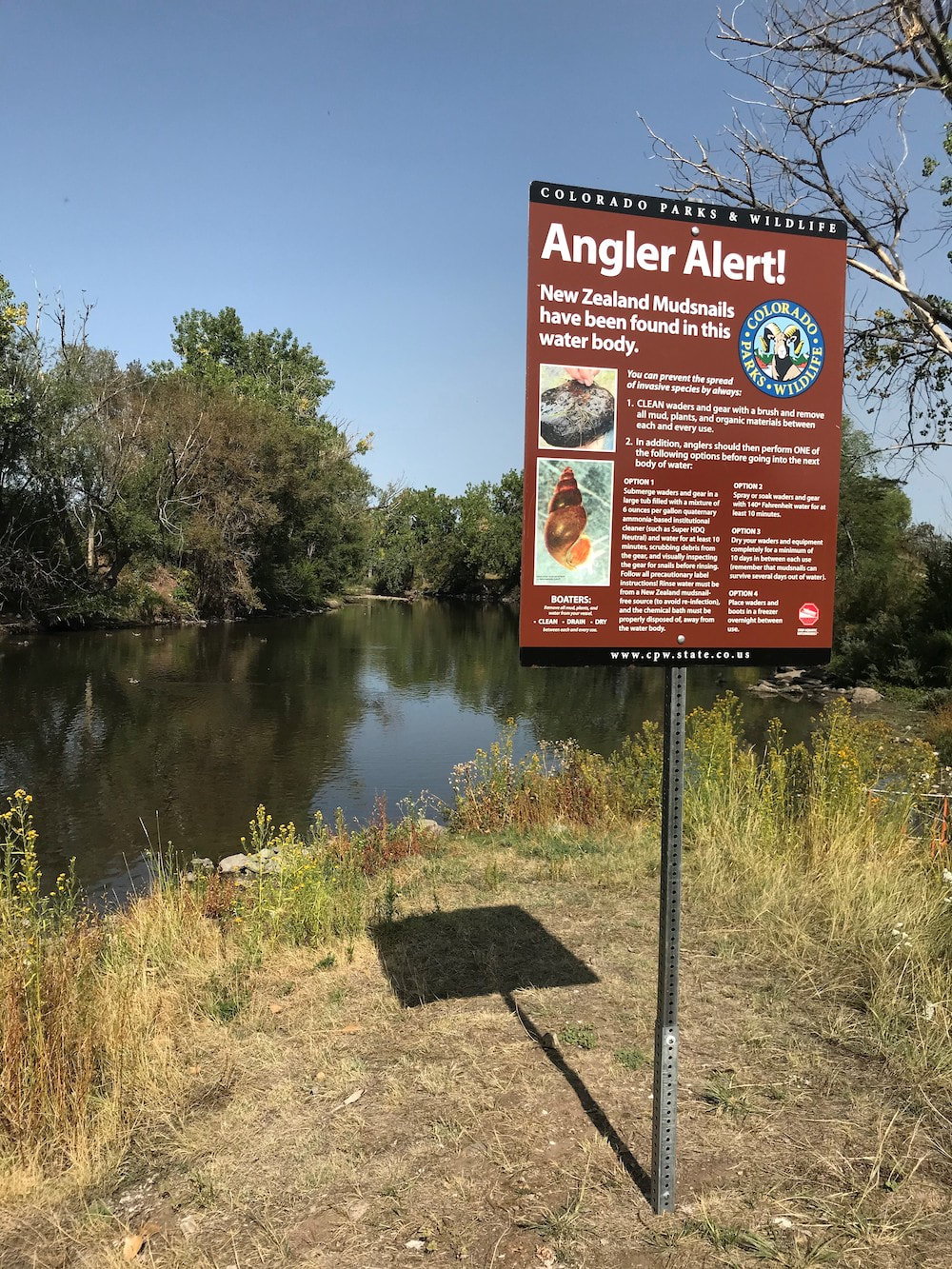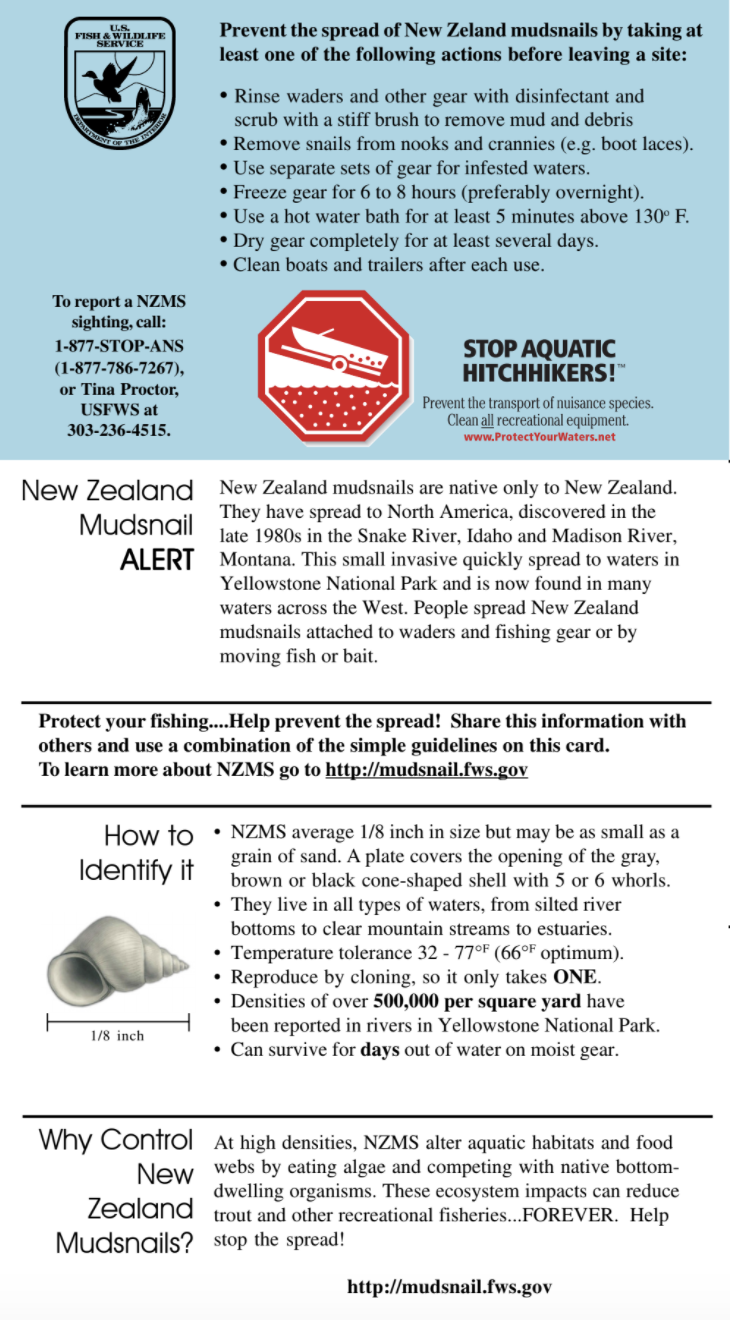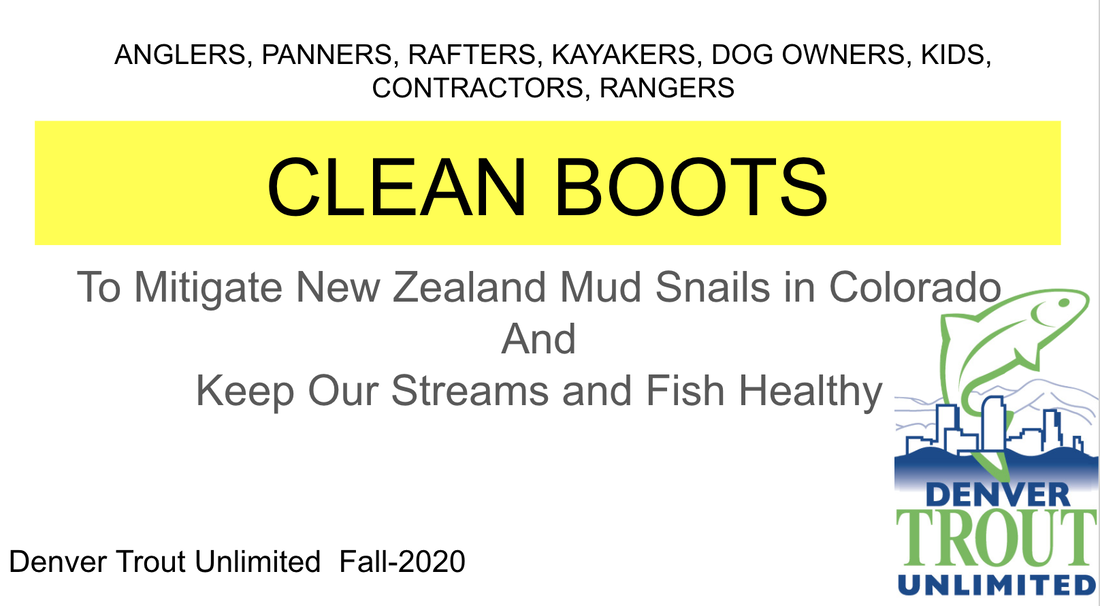The Youth Exploring Stewardship (YES) Coalition is a group of more than 15 organizations who are located in or working along Colorado’s Front Range and who engage youth in environmental stewardship. While such a network has long existed for stewardship organizations statewide, youth organizations have been largely compartmentalized or participating in small-scale collaboration. The YES Coalition was initiated in the spring of 2017 by Wildlands Restoration Volunteers to bridge that gap with the intent of establishing best practices, determining opportunities for partnership, and maximizing our impact through collaboration.
The third annual YES Conference was slated for this October. Of course, due to the realities of the current pandemic, organization partners and our youth board had to get creative when planning this year’s conference. What they created was a seamless blend of small, in-person, outside activities, and virtual workshops.
|
What does it look like?
You better get your glasses out because this minuscule menace is only about 4 – 6 mm (1/8 inch) in length as an adult. The snails shell is light to dark brown, with five to six whorls or spirals. The opening of the shell has a retractable cover called an operculum which allows the snail to seal itself inside when it feels threatened or is exposed to pollutants. Some fish and birds feed on New Zealand mudsnail, but the rigid operculum and thick shell wall enable many snail to pass through the digestive system of predators unharmed. FACT: New Zealand mudsnails consume but cannot be consumed. They hold no nutritional value for native fish species. |
|
Where is it from & where is it now?
As its common name implies, the mudsnail is native to New Zealand and its neighboring islands. The New Zealand mudsnail has been introduced to Australia, Europe, Asia, and North America. In the United States, the New Zealand mudsnail was first discovered in the Snake River (Idaho) in 1987. Since this time it has become established in ten western states, five Great Lakes states and two Canadian Provinces (British Columbia and Ontario). FACT: The mudsnail’s ability to completely seal its shell allows the snail to survive out of water for several weeks in cool, damp conditions. |
|
How did it get here?
The New Zealand mudsnail was first introduced to the US through contaminated ship ballast water and/or the transport of live fish or eggs for the commercial aquaculture industry. Once introduced to a region, snails may be spread locally on the fur or feathers of terrestrial wildlife and pets (that means you fluffy), or consumed and dispersed in the excrement of local fish species. Long distance dispersal of New Zealand mudsnail has been attributed to ballast water discharge, the movement of commercial aquaculture products (i.e., fish, eggs, and ornamental plants), and the transport of contaminated recreational gear. This sneaky snail has an uncanny knack for hitchhiking on wading gear, nets, boats, and trailers of fishermen, boaters, and other water users, allowing it to be unknowingly spread to new areas. FACT: Mudsnails can crawl at a rate of up to 10 feet/hour – these gals can really get around! |
|
What are its impacts?
The high reproductive potential of New Zealand mudsnail enables it to reach extraordinary densities in some locations. Researchers at Montana State University have reported densities of up to 750,000 snails per square meter in Yellowstone National Park. Large colonies of New Zealand mudsnails can comprise up to 95 percent of the total macroinvertebrate biomass, and consume up to half of the available food in a stream. New Zealand mudsnail may outcompete or displace native snails, mussels, and aquatic insects which native fish species depend on for food. This disruption to the food chain may ultimately result in reduced growth rates and lower populations of economically important fish species. FACT: In Australia, New Zealand mudsnails have emerged from dom estic water taps ‐ gross! |
|
What is being done about it? Once this horrible hitchhiker invades an area, there is very little that can be done to control or eradicate them. Researchers are investigating the potential use of a host specific trematode to control the snail, but it is unknown how this parasite might impact native snail populations. Because the spread of New Zealand mudsnail is strongly associated with human activities, public education and outreach is still the best method to prevent their introduction and spread to new areas. Informational signs are posted at boat ramps where New Zealand mudsnails have been found to alert boaters of their presence and what special precautions should be taken to minimize the risk of spread. Many states (including Oregon) have mandatory boat inspection stations at state lines, boat ramps, and rest areas, where boats and other watercrafts are thoroughly inspected for the presence of mudsnails or other aquatic nuisance species. If any are found, the boat is decontaminated on site at no cost to the owner.
FACT: The New Zealand mudsnail has no natural predators or parasites in the United States. In its native habitat, 11 different species of parasitic trematode keep mudsnail populations to a manageable size. |
How can YOU prevent the spread of mudsnails? The small size of New Zealand mudsnails make them very easy to overlook and accidentally transport to new locations. To minimize the potential spread of this tiny terror, follow these simple steps.
- CHECK all recreational gear and clothing that has come in contact with water for any visible signs of sand, mud, or plant fragments which may indicate a tiny hitchhiker.
- CLEAN all gear before leaving a site by scrubbing with a brush and rinsing with water.
- DRAIN: all of the water from your boat (including the bilge, live well, motor), trailer, tackle and gear before leaving the area.
- DISINFECT your gear (especially waders and boots) before traveling to a different water body. Freeze your gear for a minimum of 6 hours (< 26°F), soak gear in a hot water bath for 5 minutes (≥ 120°F) (not recommended for Gortex), or soak gear in undiluted Formula 409 for at least 10 minutes.
- DRY your gear completely (at least 48 hours) after each use.
- NEVER transport live fish or any other aquatic plant or animal from one water body to another – it is illegal!
What if I find New Zealand mudsnails?
If you find New Zealand mudsnails or any other “tenacious trespasser” contact the Aquatic Nuisance Species Task Force at 1‐877‐STOP‐ANS. If you spot a potential aquatic invader in Oregon, contact the Oregon Invasive Species Hotline at 1‐866‐UNVADER. In Washington State you can report a potential sighting at 1‐877‐9‐INFEST
If you find New Zealand mudsnails or any other “tenacious trespasser” contact the Aquatic Nuisance Species Task Force at 1‐877‐STOP‐ANS. If you spot a potential aquatic invader in Oregon, contact the Oregon Invasive Species Hotline at 1‐866‐UNVADER. In Washington State you can report a potential sighting at 1‐877‐9‐INFEST

